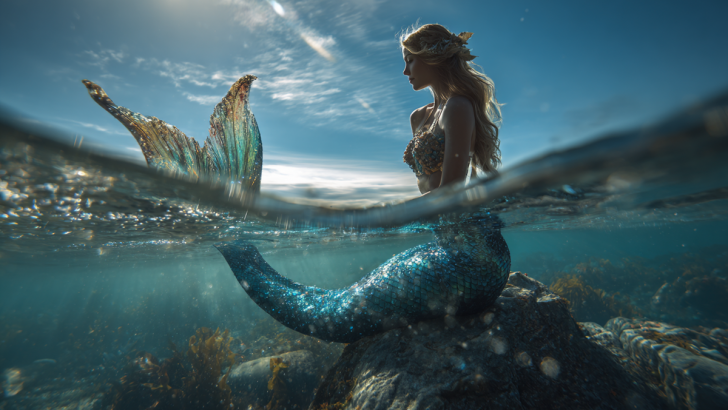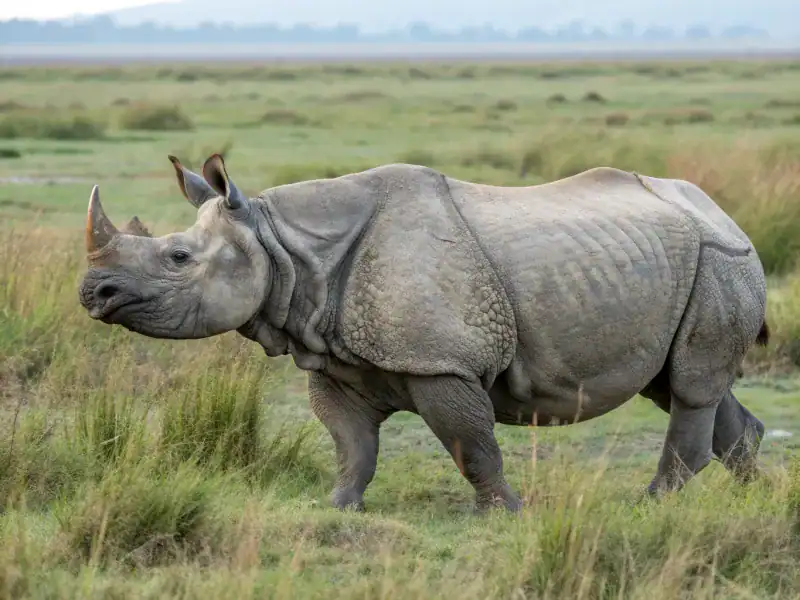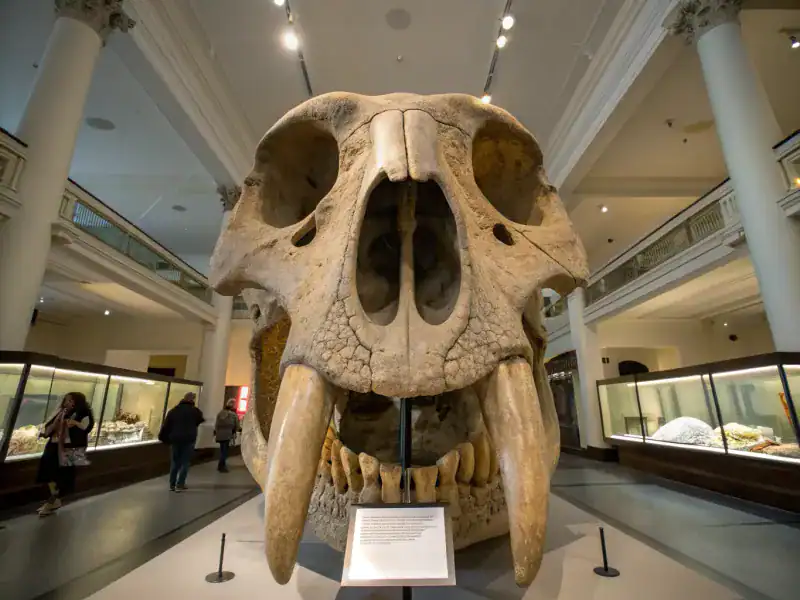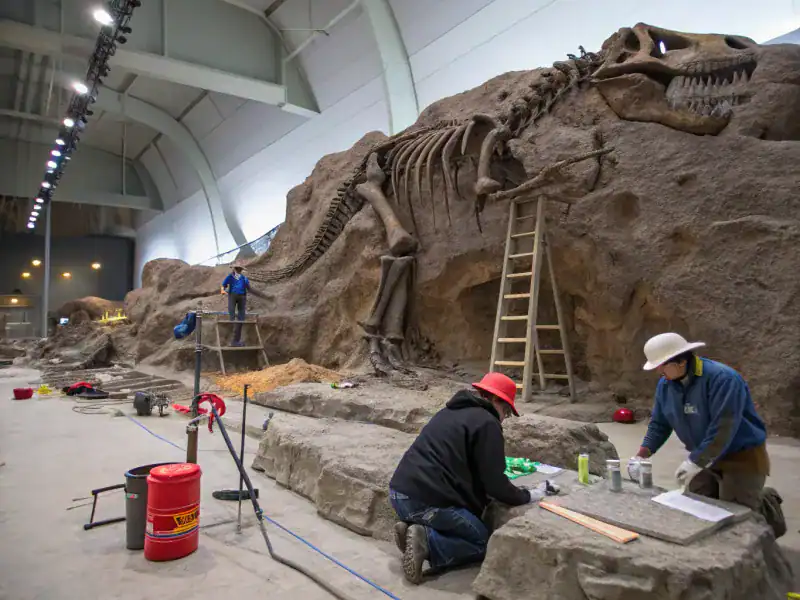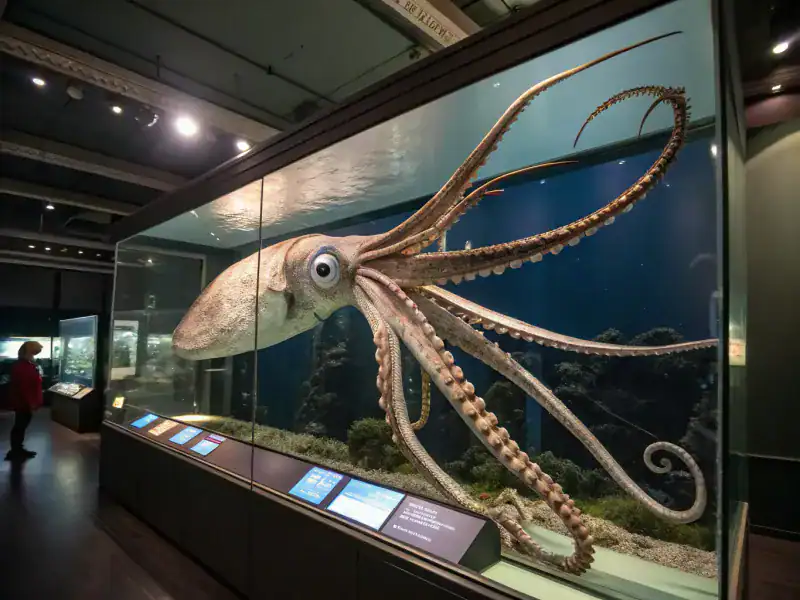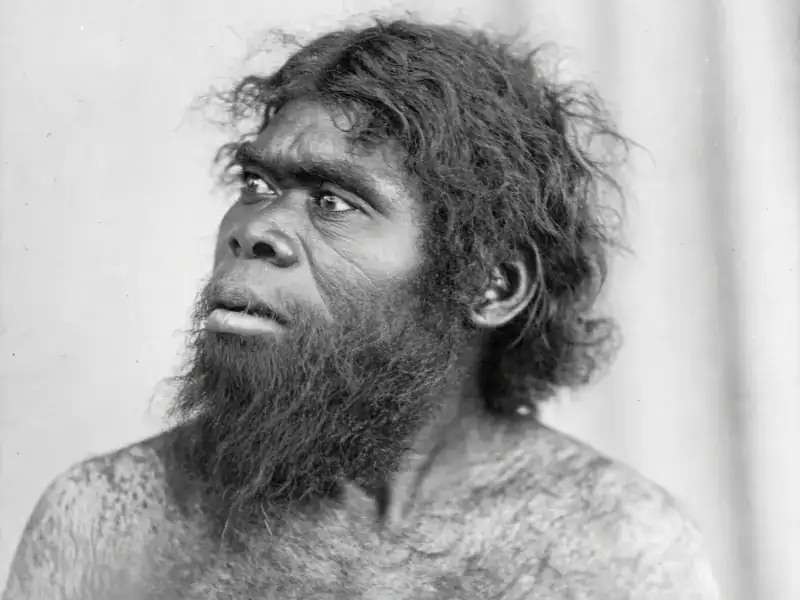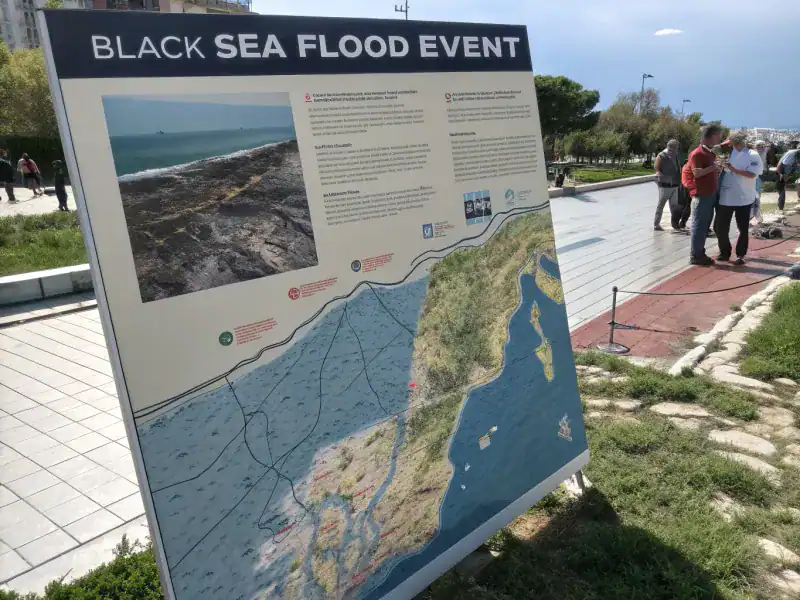Ancient stories have captivated humanity for thousands of years, filled with magical creatures, lost cities, and legendary heroes.
But what if some of these fantastical tales weren’t entirely made up? Many myths and legends actually stem from real events, animals, or natural disasters that people witnessed long ago.
When you discover the truth behind these stories, the line between fantasy and reality becomes surprisingly blurry.
Atlantis and the Minoan Civilization
Plato wrote about a powerful island nation that sank beneath the ocean in a single day and night. For centuries, people wondered if Atlantis was real or just a philosopher’s imagination.
Scientists now believe the story came from the Minoan civilization on Crete. Around 1600 BCE, a massive volcanic eruption on nearby Thera destroyed much of their advanced society.
The Minoans had impressive palaces, indoor plumbing, and beautiful artwork. When their world collapsed suddenly, survivors likely spread tales of the disaster. Plato may have heard these stories generations later and transformed them into his famous legend of Atlantis.
The Trojan War and Ancient Troy
Homer’s epic poems told of a decade-long war between Greeks and Trojans, complete with wooden horses and heroic battles. Most historians dismissed it as pure fiction for hundreds of years.
Then archaeologist Heinrich Schliemann discovered the actual city of Troy in Turkey during the 1870s. Evidence shows multiple cities were built on the same spot, with one destroyed around 1200 BCE.
Burn marks, arrowheads, and defensive walls suggest a real conflict occurred there. While we may never know if Helen’s face truly launched a thousand ships, something significant definitely happened at Troy that inspired one of literature’s greatest stories.
Mermaids and Marine Mammals
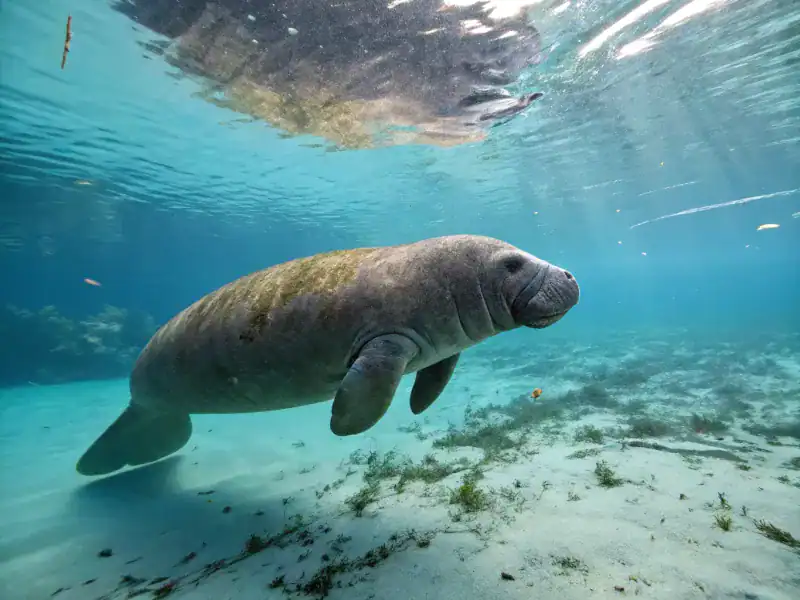
Sailors throughout history reported seeing beautiful women with fish tails swimming alongside their ships. These mermaid sightings appeared in logbooks from cultures worldwide, creating a persistent legend.
The real culprits? Manatees and dugongs, gentle marine mammals that nurse their young while floating upright. After months at sea, exhausted sailors suffering from scurvy and vitamin deficiency saw these creatures from a distance.
With blurred vision and desperate loneliness, they mistook these animals for something magical. Christopher Columbus even noted seeing mermaids during his voyages, though he remarked they weren’t as beautiful as paintings suggested!
Unicorns and the Rhinoceros
Medieval tapestries and manuscripts featured elegant white horses with single spiral horns. European nobility collected what they believed were genuine unicorn horns, paying fortunes for their supposed magical properties.
Travelers returning from India and Africa brought tales of massive beasts with single horns on their noses. The Indian rhinoceros, with its armor-like skin and prominent horn, seemed otherworldly to those who’d never seen one.
Marco Polo described seeing unicorns in Southeast Asia but noted they were ugly and nothing like the legends. Those supposed unicorn horns nobles treasured? They were actually narwhal tusks from Arctic whales, sold by clever merchants.
Cyclops and Elephant Skulls
Greek mythology featured terrifying one-eyed giants called Cyclops who lived in caves and ate human flesh. Odysseus barely escaped one during his famous journey home from Troy.
Ancient Greeks discovered enormous skulls on Mediterranean islands where dwarf elephants once lived. When you look at an elephant skull head-on, the large central nasal cavity looks exactly like a giant eye socket.
Without knowledge of elephant anatomy, finding these massive skulls would be shocking. The holes on either side where eyes actually sat are much smaller and less noticeable. It’s easy to understand how these discoveries sparked tales of monstrous one-eyed creatures lurking in island caves.
Dragons and Dinosaur Fossils
Nearly every ancient culture has dragon legends, from European fire-breathers to Chinese serpentine creatures. These stories share remarkable similarities despite arising independently across continents.
Before modern paleontology existed, people occasionally unearthed massive bones and fossilized remains. Without understanding extinction or prehistoric life, they created explanations for these discoveries.
A partial dinosaur skeleton could easily inspire tales of giant reptilian monsters. Some Chinese dragon bones sold in traditional medicine shops are actually fossilized dinosaur remains. The Chinese city of Wucheng even has a museum dedicated to dinosaur fossils that locals called dragon bones for generations before scientists identified them properly.
Kraken and Giant Squids
Scandinavian sailors spoke in hushed tones about the Kraken, a sea monster so enormous it could drag entire ships to the ocean floor. Its tentacles supposedly stretched as long as ship masts.
Giant squids, which can grow over 40 feet long, rarely surface but occasionally appeared near boats. With eyes the size of dinner plates and powerful tentacles lined with suckers, they’re genuinely terrifying.
Dead or dying giant squids floating near the surface would have seemed like monsters from the deep. In 2004, Japanese scientists captured the first photographs of a living giant squid in its natural habitat, proving these creatures are real and impressive enough to inspire legendary tales.
Vampires and Porphyria Disease
Vampire legends terrorized Eastern European villages for centuries, featuring undead creatures that drank blood and feared sunlight. People took these stories seriously enough to dig up corpses and stake them.
Porphyria, a rare blood disorder, causes extreme sensitivity to sunlight, resulting in severe skin damage. Sufferers’ gums can recede, making teeth appear fang-like, and garlic can trigger painful symptoms.
In medieval times, doctors sometimes prescribed drinking animal blood to treat the condition. Imagine encountering someone with receded gums, sun-damaged skin, and garlic sensitivity who avoided daylight. Without medical knowledge, villagers understandably created supernatural explanations for these mysterious symptoms that seemed to match folklore perfectly.
Werewolves and Hypertrichosis
Stories of humans transforming into wolves under the full moon terrified communities worldwide. Accused werewolves faced trials and executions throughout medieval Europe.
Hypertrichosis causes excessive hair growth all over the body, including the face. People born with this condition grew thick hair that covered most of their skin, creating a wolf-like appearance.
In an era when most people never traveled far from home, encountering someone with hypertrichosis would be startling. The condition is extremely rare, affecting perhaps one in a billion people. Historical records document several individuals with hypertrichosis who were exhibited in royal courts or circuses, their appearance reinforcing existing werewolf legends and fears.
Noah’s Flood and Ancient Floods
The biblical story of Noah describes a catastrophic flood that covered the entire Earth. Similar flood myths appear in Mesopotamian, Hindu, Greek, and Native American traditions.
Geologists have found evidence of massive regional floods throughout history. The Black Sea flood hypothesis suggests that around 5600 BCE, Mediterranean waters burst through a natural dam, flooding thousands of square miles.
This event would have been catastrophic for settlements along the shore, forcing mass migrations. Survivors passed down stories of the disaster through generations. When multiple cultures share flood narratives, it likely reflects genuine traumatic events that shaped ancient societies rather than pure imagination or coincidence.
Lover of good music, reading, astrology and making memories with friends and spreading positive vibes! 🎶✨I aim to inspire others to find meaning and purpose through a deeper understanding of the universe’s energies.

